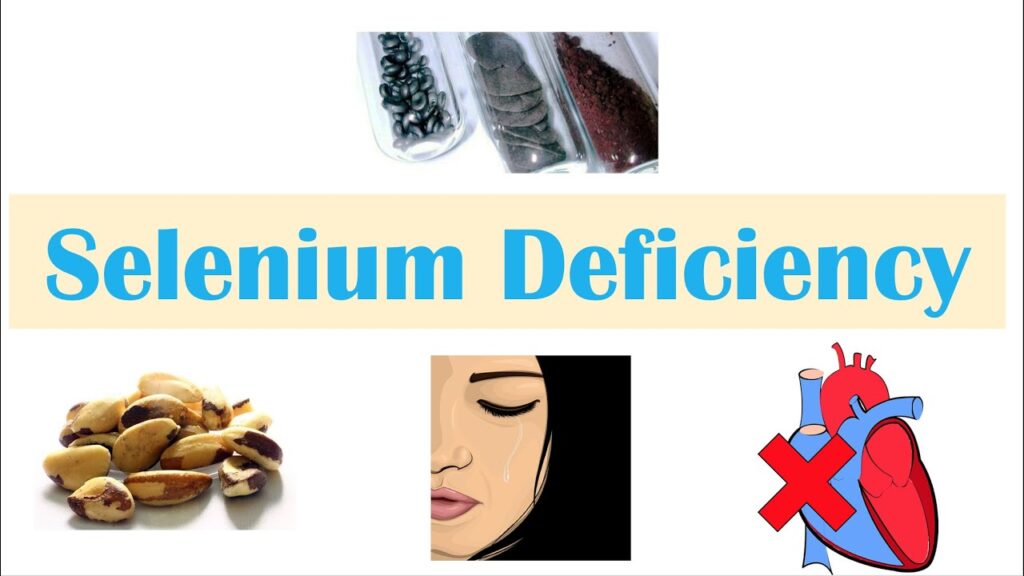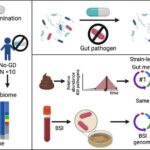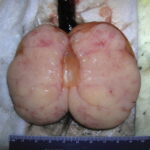Selenium is an essential trace element integral to numerous physiological processes, including antioxidant defense, immune function, thyroid hormone metabolism, and reproduction. It acts as a cofactor for selenoproteins such as glutathione peroxidase and thioredoxin reductase, which mitigate oxidative stress and maintain cellular homeostasis. Even minor reductions in selenium levels can impair these functions and contribute to a spectrum of clinical disorders.

Causes and Risk Factors of Selenium Deficiency
Geographical and Environmental Contributors
The selenium content in soil directly influences dietary selenium intake. Regions with selenium-deficient soil—such as parts of China, Eastern Europe, and New Zealand—are historically associated with endemic selenium deficiency. Crops and livestock from these areas often contain suboptimal selenium levels, thereby affecting human nutrition.
Dietary and Gastrointestinal Factors
- Poor nutritional intake due to restrictive diets or malnutrition
- Gastrointestinal malabsorption (e.g., Crohn’s disease, celiac disease, short bowel syndrome)
- Parenteral nutrition without adequate selenium supplementation
- Bariatric surgery leading to nutrient malabsorption
Increased Physiological Demand
- Pregnancy and lactation
- Chronic illness or infection (e.g., HIV)
- Critical illness and systemic inflammation
- Hemodialysis in chronic kidney disease patients
Clinical Manifestations of Selenium Deficiency
Cardiomyopathy: Keshan Disease
Keshan disease, first described in selenium-deficient regions of China, is a dilated cardiomyopathy strongly linked to inadequate selenium levels. It is characterized by congestive heart failure, myocardial necrosis, and increased susceptibility to viral myocarditis, particularly from Coxsackievirus.
Muscular and Neurological Impairment
- Myopathy with muscle weakness and pain
- Peripheral neuropathy and cognitive decline
- Reduced coordination and reflex abnormalities
Endocrine Dysfunction: Thyroid Hormone Imbalance
Selenium is vital for the activity of deiodinase enzymes that convert thyroxine (T4) to the more active triiodothyronine (T3). Deficiency can lead to:
- Hypothyroidism
- Goiter
- Impaired thermoregulation and metabolism
Immune Suppression and Increased Infection Risk
Low selenium levels diminish lymphocyte proliferation, antibody production, and natural killer cell activity. Deficiency correlates with:
- Higher susceptibility to infections
- More severe outcomes in HIV, influenza, and other viral illnesses
Diagnostic Evaluation of Selenium Deficiency
Laboratory Testing
- Serum/plasma selenium concentration: Reference range typically 70–150 µg/L
- Glutathione peroxidase activity as a functional marker
- Selenoprotein P levels (more stable but less commonly used)
Additional Workup
- Thyroid function tests (TSH, T3, T4)
- Cardiac imaging if cardiomyopathy is suspected
- Neurological assessments for neuropathy or myopathy
Selenium Supplementation and Treatment Strategies
Dietary Sources of Selenium
| Food Source | Selenium Content (µg/serving) |
|---|---|
| Brazil nuts (1 nut) | 68–91 |
| Tuna (3 oz) | 92 |
| Eggs (1 large) | 15 |
| Sunflower seeds (1 oz) | 19 |
| Chicken breast (3 oz) | 22 |
Brazil nuts are among the richest natural sources, though consumption should be moderated to avoid toxicity.
Supplementation Guidelines
- Oral supplementation: Sodium selenite or selenomethionine
- Typical doses: 100–200 µg/day in deficient adults
- Parenteral supplementation: For patients receiving total parenteral nutrition or those with severe malabsorption
Caution: Selenium Toxicity
Excessive selenium intake (>400 µg/day) can cause selenosis, characterized by:
- Gastrointestinal upset
- Hair and nail brittleness or loss
- Neurological disturbances
Selenium and Public Health: Preventive Perspectives
Fortification and Agricultural Approaches
- Soil enrichment with selenium-containing fertilizers (e.g., Finland)
- Biofortification of staple crops
- National nutritional surveillance programs
At-Risk Populations Requiring Monitoring
- Neonates, especially premature infants
- Elderly individuals with limited diets
- Individuals on long-term enteral or parenteral nutrition
- Patients with chronic inflammatory diseases
Selenium in Clinical Research and Emerging Areas
Cancer Prevention
Although early studies suggested a protective role for selenium against prostate, lung, and colorectal cancers, recent trials such as SELECT have provided mixed results. Supplementation is not currently recommended for cancer prevention outside of deficiency.
Viral Infections
Selenium status is implicated in the mutation rate and virulence of RNA viruses. Clinical trials are ongoing to explore its adjunctive role in viral disease outcomes.
Cognitive Function and Aging
Preliminary evidence supports selenium’s role in preserving cognitive performance and preventing age-related neurological decline through oxidative stress modulation.
Selenium deficiency, though often underrecognized, has significant systemic consequences affecting the heart, thyroid, muscles, and immune system. Timely recognition, targeted supplementation, and dietary education are critical in preventing morbidity. As research continues to uncover its broader implications, selenium remains an essential yet delicate component of human health.

